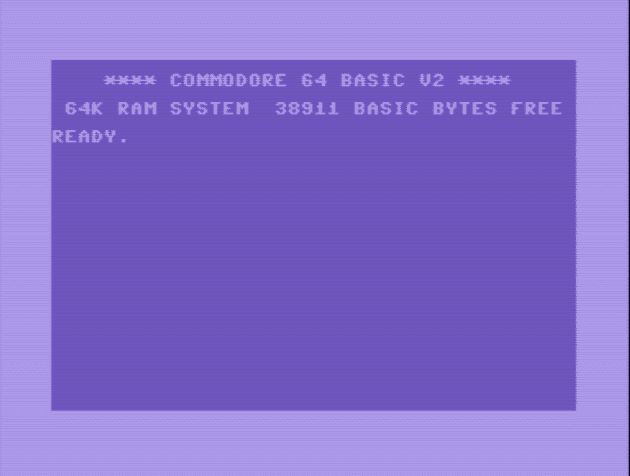Developing a graphical computer demonstration for the Amiga home computer. This is the story of how and why we did it and the take away. NOTE: This whole series is written from my subjective perspective.
#Introduction If you are familiar with the demoscene (in general terms) you can skip directly to part 2. This is aimed at people who quite don’t know what the heck this is to begin with (mainly my non-geek friends).
#Background
In the beginning/mid of 1980:ies the home computer industry was booming. Alot of teenagers got access to a computer for the first time. A few of us got curious on how the machines worked and operated. We started writing software to explore the machines. At this time it was very easy to get into programming. The primary interfaces were text based interfaces (unless you could afford an Apple Mac) where the programming language was ready to use once the machine started. My first computer was a Commodore 64.

#Amiga The Commodore Amiga was the successor of the Commodore 64. Released in 1985 it was first aimed at the professional market with a budget version (Amiga 500) released in 1987 for home users, see: https://en.wikipedia.org/wiki/Amiga.
In 1992 Commodore released the Amiga 1200 (https://en.wikipedia.org/wiki/Amiga_1200). The basic configuration has 2MB of memory and a 14MHz CPU. Not much compared with todays standards. Even if the Amiga could do hardware accelerated graphics (which at the time was very advanced) it was far away from today’s standards.
The Amiga 1200 can be expanded with an additional CPU board and with more RAM memory. Bringing the machine some what close to an old PC with a 486DX CPU or the first Pentium machines.
I managed to aquire a refurbished Amiga 1200 in good condition during spring 2018. Problem is that the video output is 15khz which very few monitors are capable of. After a while trying various things I ordered a DSUB-23 to VGA converter and just tried on my good old reference DELL U2410U - and it worked! Picture wasn’t very good - but at least I had output!!
#Demoscene As humans do once they have a common interest - we create communities. The demo scene (demo for demonstration - as in showing off) was such a community. People started groups (similar to music bands) to create software to show off their skills. Wikipedia has good article on the subject and history, see: https://en.wikipedia.org/wiki/Demoscene
#Parties People in the community was mainly communicating through regular post, sending disks and letters to each other. However the urge to meet physically, to show and compete was naturally there. Some people involved in the community started organising computer-parties. These parties are the direct descendents to LAN parties and Hackathons of today. People would come to these parties (bringing all sorts of equipment - besides their computer gear).